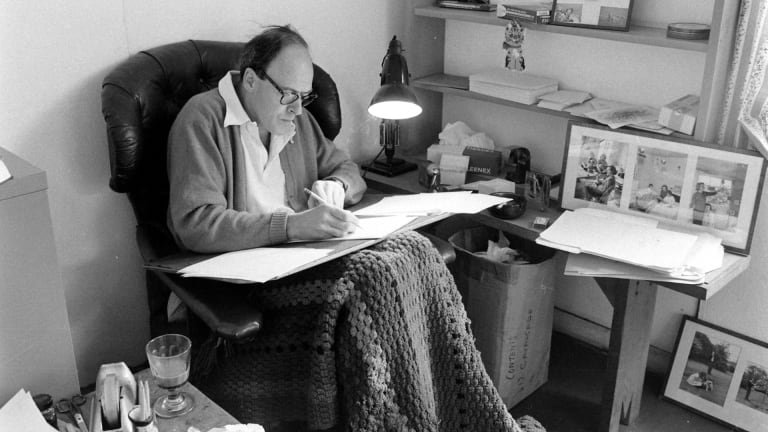
Good writers are good at voices
Writelike originally arose out of this observation: good writers are good at voices.
But how do they get good at voices? Sure, lots of reading, and then picking up patterns either by intuition or analysis. But the process is a bit opaque, a bit too "if you've got it, you've got it; if you don't, you don't" to be helpful.
So the original idea with Writelike was to develop a tool that a writer might use as a kind of voice gym, copying and combining voices in short snippets, building chops.
If the audience were already skilled writers, that might be straightforward. But we also wanted to teach novice school students, a task that turns out to be much more challenging, and requires some educational theory.

